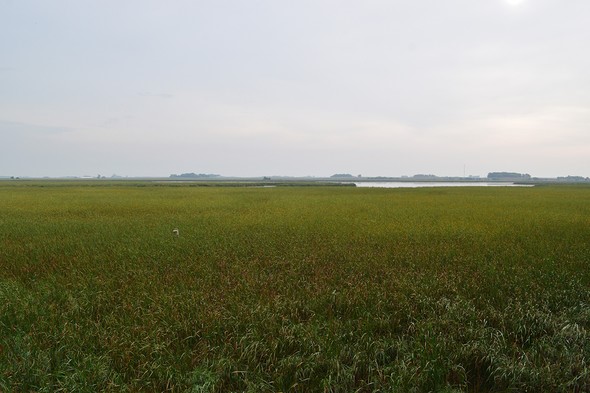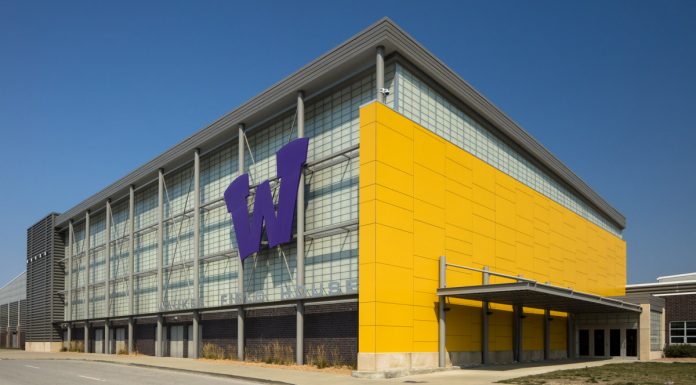From Iowa DNR:
Eagle Lake Wildlife Area is a 960-acre high quality natural marsh within a 2,000-acre complex that is an important stop for marsh birds on the migration route and home to unique plant and animal species not found in many places around Iowa.
Unfortunately, it suffers from the three rules of real estate – location, location, location.
“You have to drive past a lot of other high-quality areas to get here so Eagle Lake doesn’t get a lot of out-of-county visitors,” said TJ Herrick, wildlife biologist with the Iowa Department of Natural Resources.
Boasting one of the largest natural marshes in the state, Eagle Lake in central Hancock County is home to a population of Blanding’s turtles, nesting trumpeter swans, nesting sandhill cranes, ibises, broad-winged skippers, Dion skippers, mulberry wing skippers and black terns, which only live in large natural marshes, and more.
It’s home to white lilies and the less common yellow lilies. Its been a collection site of sweet flag iris, a water plant collected for its seed that is grown for use at different sites around the state.
“This is an under-used area,” Herrick said. “You see everything you’d expect to find in north Iowa – turkey, deer, Blanding’s turtles, pheasants, ducks and geese. If you get out on the lake in the middle of summer, it feels like you’re in the middle of the Everglades. It’s a great place to paddle.”
Eagle Lake Wildlife Area has received a number of improvements in recent years. It boasts a reconstructed diverse prairie with 150 different plant species, restored wetlands, a 25-acre oak grove and a restored former crop field. The drought is helping with a revegetation project at 25-acre Wood Lake.
A recent addition of a large portable pump allows the DNR to put water on around 200 acres in the 700-acre Eagle Flats waterfowl refuge on the northwest part of the complex to give migration waterfowl a place to rest and refuel on the trip south.
The vegetation in the refuge is managed through a partnership with two local cattle producers who put cattle on the refuge to graze on reed canary grass. Once the cattle are removed and water is put on the refuge, the newly available sheet water will be attractive to migrating waterfowl.
“Before we were pumping, we would get hundreds of ducks in here; now, we get thousands,” Herrick said. “We had 2,500 pintail here two years ago.”
Once the duck season closes, the refuge opens to allow hunting for other species and can be a sneaky good late season pheasant hunting spot.
The Iowa DNR, U.S. Fish and Wildlife Service, Natural Resources Conservation Service, Iowa Natural Heritage Foundation, Hancock County Conservation Board, Ducks Unlimited, Pheasants Forever and more work as partners to manage and improve the Eagle Lake complex.












